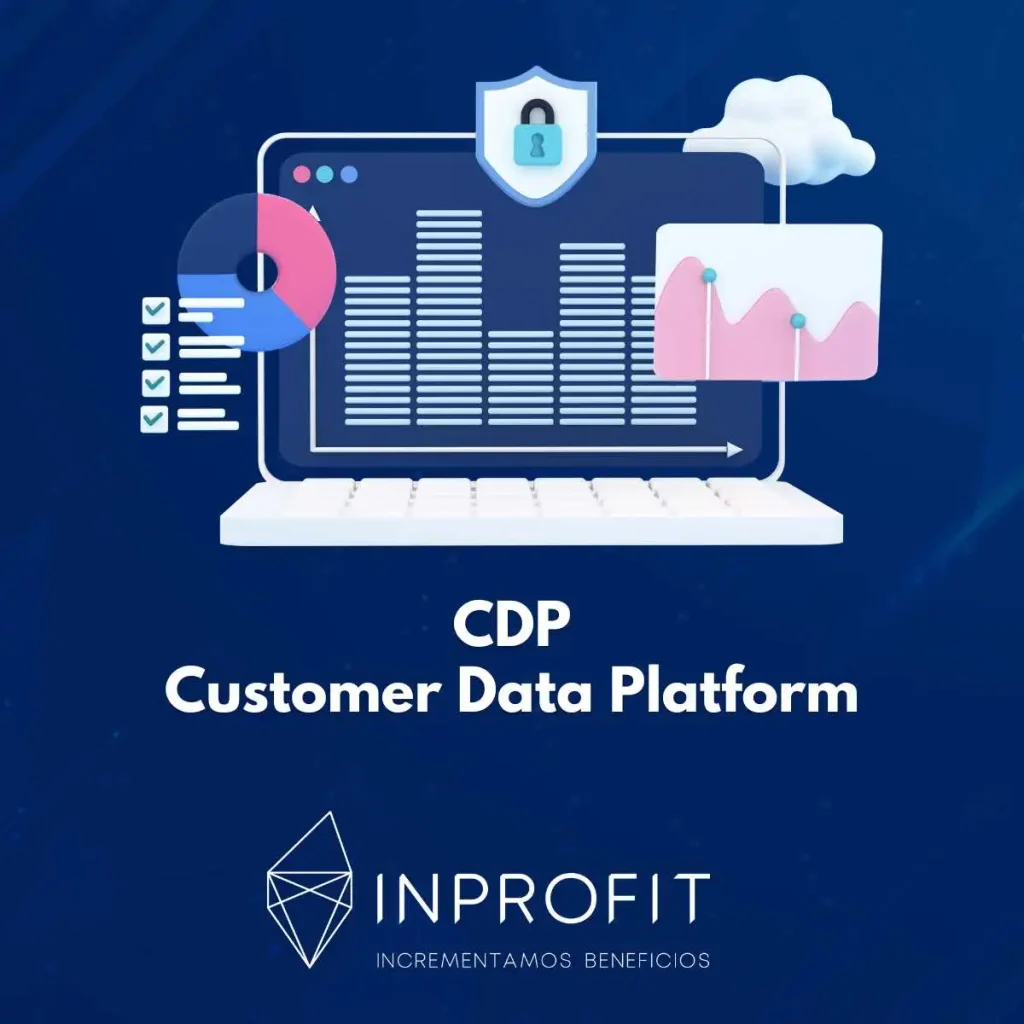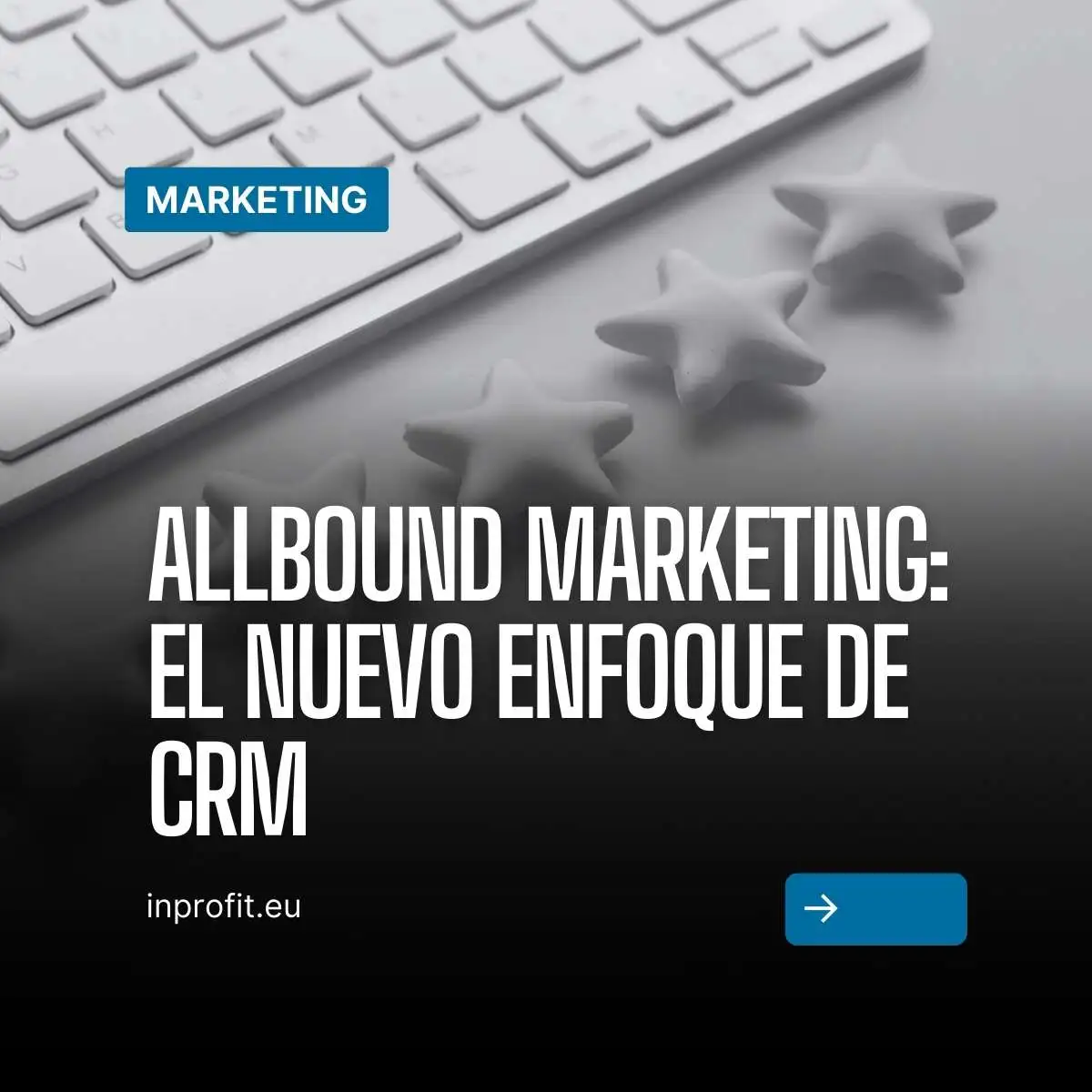In the marketing technology(Martech) universe, data management has become the core of any effective strategy. However, the fragmentation of customer data into disconnected silos has been a persistent challenge for marketers. This is where the Customer Data Platform (CDP) comes in, a solution that is revolutionizing the way brands unify, analyze and activate their customer data. In this post, we’ll dive into the concept of CDP, exploring its architecture, key functionalities and how it’s driving hyper-contextual personalization in modern marketing.
What is a Customer Data Platform (CDP)?
A CDP is a platform specifically designed to collect, unify and manage customer data from multiple sources, both online and offline. Unlike traditional customer relationship management(CRM) systems or marketing automation platforms (MAP), a CDP is focused on the creation of unified, real-time customer profiles. This allows brands to have a 360° view of each customer. This is essential for personalization and data-driven decision making.
CDP Architecture: The Data Layers
The architecture of a CDP is what sets it apart from other data management tools. It is designed to be highly flexible and scalable, allowing integration with a wide variety of data sources and marketing systems.
Data collection layer
The first layer of a CDP is data collection. This layer is responsible for capturing data from a variety of sources, such as websites, mobile apps, emails, offline transactions, social networks and more. CDPs use APIs, SDKs and pre-built connectors to ensure that data flows frictionlessly into the platform.
Data unification layer
Once collected, the data must be unified. This is one of the most critical functionalities of a CDP. It uses customer identification algorithms to combine data from different sources to create a unique profile for each customer. For example, if a customer interacts with a brand through its website, mobile app and a physical store, the CDP will unify these interactions into a single profile.
Data enrichment layer
After unification, data can be enriched with additional information, such as demographic, behavioral and transactional data. This allows brands to have a more complete view of their customers, which is essential for personalization and advanced segmentation.
Data activation layer
Finally, the data activation layer enables brands to use the unified profiles to drive real-time marketing campaigns. This can include email personalization, audience targeting for programmatic advertising or activating social media campaigns.
Hyper-Contextual Personalization: The Power of Unified Data
The true power of a CDP is manifested in its ability to drive hyper-contextual personalization. This goes beyond traditional personalization, as it is based not only on the customer’s past behavior, but also on their current context.
- Real-time dynamic segmentation
A CDP enables real-time dynamic targeting, which means that brands can create audience segments based on current customer behavior. For example, if a customer is browsing specific products on a website, the CDP can automatically classify them into a “high interest” segment and trigger a retargeting campaign in a matter of seconds.
- Context-based content personalization
Context-based content personalization is another key application. A CDP can use real-time data to tailor the content of a web page, email or advertisement to the customer’s immediate context. For example, if a customer is looking for flights to a specific destination, the CDP can automatically display hotel and activity offers at that destination.
- Consistent omnichannel experiences
A CDP also enables the creation of consistent omnichannel experiences. By having a unified view of the customer, brands can ensure that messaging is consistent across all channels, from email to social media to physical stores. This not only improves the customer experience, but also increases conversion rates.
Advanced strategies in the use of data
In the first part of this post, we explored the architecture and key functionalities of a CDP, as well as its role in hyper-contextual personalization. Now, we’ll delve into advanced strategies and future trends that marketers can implement to maximize the potential of a CDP.
Integration with Predictive Analytics Tools
One of the most advanced strategies is the integration of a CDP with predictive analytics tools. This allows brands to not only understand customers’ past and present behavior, but also predict their future behavior. For example, a CDP integrated with a predictive analytics engine can identify customers most likely to abandon a brand and trigger proactive retention campaigns.
Data-driven workflow automation
CDPs can also be used to automate data-driven workflows. For example, if a customer makes a purchase in a physical store, the CDP can automatically trigger an email campaign with complementary product recommendations. This not only increases efficiency, but also improves the relevance of customer interactions.
Lookalike Audience Creation for Programmatic Advertising
CDPs are ideal for creating lookalike audiences in programmatic advertising. By analyzing the profiles of the most valuable customers, a CDP can identify common patterns and create lookalike audiences for advertising campaigns. This allows brands to reach new customers with high conversion potential.
Key trends
With increasing privacy regulations, such as GDPR and CCPA, CDPs are evolving to include advanced consent management functionalities. This allows brands to not only comply with regulations, but also build trusting relationships with customers by being transparent about how their data is used.
The integration of AI into PDCs is an emerging trend. AI systems can analyze large volumes of data in real time and provide actionable insights. For example, a CDP with AI capabilities can predict the best time to send an email or identify cross-sell opportunities based on customer behavior.
Another future trend is the integration of CDPs with augmented reality (AR) technologies. This would enable brands to offer highly personalized and contextual customer experiences. For example, a CDP could use location and preference data to offer product recommendations in an AR experience in a physical store.
While PDCs offer numerous advantages, they also present challenges and ethical considerations that marketers must address.
Data quality is a key challenge. CDPs depend on accurate and up-to-date data to function effectively. Brands must implement rigorous data cleansing and validation processes to ensure accuracy.
Over-dependence on Automation
Data-driven automation can lead to a loss of authenticity in customer interactions. It is crucial to find a balance between automation and the human touch to maintain customer trust and loyalty.
Biases in the algorithms
Algorithms used in CDPs may be biased if trained on incomplete or partial data. This can lead to unfair or ineffective marketing decisions. Marketers should ensure that CDP systems are designed to minimize bias and provide fair results.
Conclusion
The Customer Data Platform (CDP) is not just another tool in Martech’s arsenal; it is a strategic enabler that is redefining the way brands interact with their customers. By providing a unified, real-time view of the customer, CDPs are driving hyper-contextual personalization, intelligent automation and the creation of consistent omnichannel experiences. However, their true value is not limited to the technology itself, but how brands implement it to solve complex problems, optimize resources and, above all, deliver experiences that create tangible business impact.
In an increasingly competitive and regulated environment, CDPs represent a unique opportunity for brands seeking to differentiate themselves through relevance and authenticity. However, to take full advantage of these capabilities, marketers must address the associated challenges and stay on top of emerging trends. In doing so, they can not only build deeper and more meaningful relationships with their customers, but also position themselves as leaders in the era of data-driven marketing.
Want to find out more? Contact Inprofit, your Martech agency.




